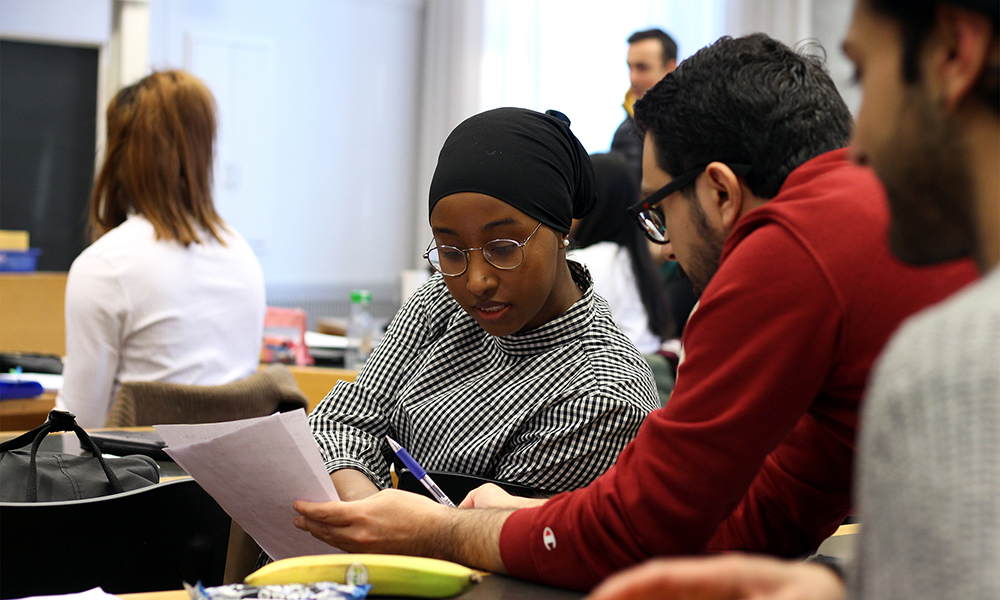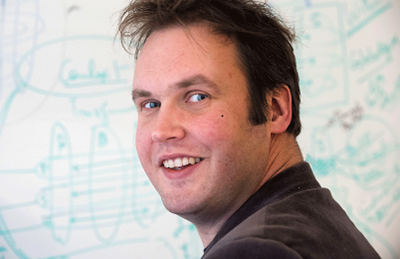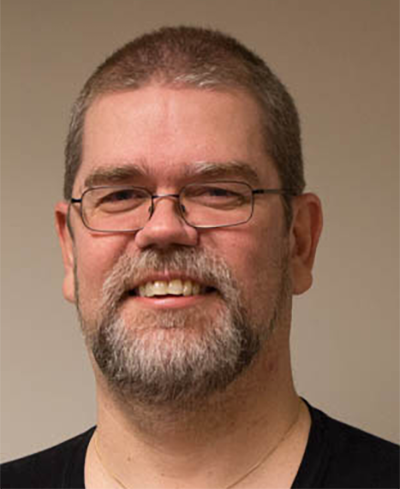The distance learning technical foundation year programme promotes broadened recruitment

We are just over a semester into the new extra foundation year programmes in Flemingsberg and Södertälje that KTH developed quickly at the request of the government. Both programmes are based on distance learning plus campus meetings. According to Svante Granqvist and Sebastiaan Meijer in Flemingsberg, this model contributes to broadened recruitment.

“The foundation year programme already plays this role. However, with this online version we are perhaps able to attract students from less advantaged backgrounds to a greater extent. Students who otherwise would not have imagined applying to us,” says Sebastiaan Meijer, Deputy Head of the School of Engineering Sciences in Chemistry, Biotechnology and Health (CBH).
He has spoken to several of the students on the new extra foundation year programme. This has revealed that many of them come from working-class backgrounds and socio-economic and ethnic backgrounds that differ from most other students at KTH.
“Many of them come from disadvantaged or non-academic environments. This is a common denominator for them,” says Meijer.
Broadened recruitment has been discussed back and forwards at KTH for many years, without establishing a clear strategy as to how and why this should be addressed. Meijer and Granqvist, Programme Director for the technical foundation year in Flemingsberg, both agree that this is very important.

“This has been part of the plan behind the foundation year from the start. I mean, it wasn´t established at KTH:s central campus on Valhallavägen, but on Gotland and in Kista, Haninge and Södertälje. The idea was to be able to attract individuals from all groups, and to give them an opportunity to see if this kind of studies suits them. In so doing, they might feel ‘wow, this is really interesting’,” Granqvist says.
Diversity is of vital importance
Meijer says that there are numerous different perspectives to the problems that KTH is expected to contribute to solving in society. He mentions digitalisation and economic growth in the future as examples.
There is clear evidence that it is better if all parties that are affected by a solution are involved in creating the solution. It is therefore very important to give everyone who has the cognitive ability to become an engineer, the opportunity to do so, as it were.
Meijer and Granqvist believe that another thing that contributes to broadening recruitment is that the extra foundation year in Flemingsberg, in contrast to the year in Södertälje, is designed purely to qualify students for the Bachelor’s degree programmes in Engineering (högskoleingenjörsutbildningarna). A group of programmes that are given scant attention at KTH, despite the fact that they are of high quality, they argue.
“Why should we only have masters of science in engineering when it works equally fine with a high quality three year study programme at KTH in order to enter the job market as in-demand engineers? At the end of the day, it is about what is best for society,” says Meijer.
Digital programmes supplemented with campus meetings
As with the extra foundation year programme in Södertälje, the programme in Flemingsberg is online, complemented with campus meetings. The students study most of the programme from home. Then they come on campus for two days every other week for lab work and lessons in physics, mathematics and chemistry. Unlike the other foundation year programmes, these programmes also include programming and a course in engineering science.
The structure has worked well and the students really appreciate the campus meetings, Granqvist claims. Added to which, as hoped, it has attracted plenty of students from outside Stockholm.
“If you are thinking about studying at KTH but are not ready to take the step to find accommodation and such, an online foundation year means you definitely can start studying at KTH without having to move here in the first instance,” says Granqvist.
The standard foundation year programmes could benefit
The digital structure in the extra foundation year programme has had knock-on effects. Something that is very timely in the sense that the President Sigbritt Karlsson in the activity contract for 20/21 has called on those of us who work with the foundation year to come up with ideas as to how we can continue with digitalisation from all aspects, says Meijer.
Granqvist agrees.
“The standard foundation year programmes too could benefit from what has been positive with this extra digital foundation year,”.
Due to the pandemic, the standard foundation year programmes have also used parts of the material that has been developed for the part-distance learning foundation year. That has put a great deal of pressure on providing tools, background materials and videos. The fact that all teaching has been forced to go online has created both a need to find new solutions and has led to new ways of providing teaching.
“In the future, I don’t think we will just have one single model for providing teaching. What I can see in the road ahead – especially with the focus on lifelong learning – is that the university gateway of the future will perhaps not be linear and that people will take study breaks from time to time,” says Meijer.
Håkan Soold